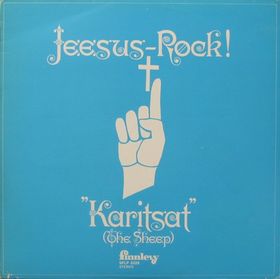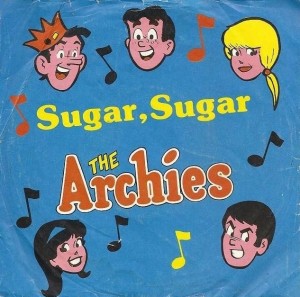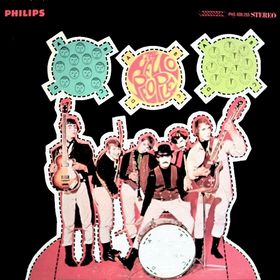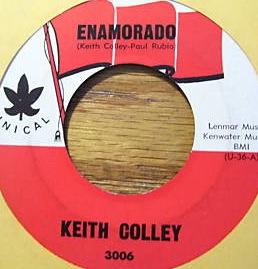Sunday Service/Song ID: The Sheep – “Jeesus Rakastaa” (1972)
Sunday, September 6th, 2009
Although this record comes from the early seventies heyday of the California-centric Jesus Movement, band leader Jim Palosaari – a first generation Finn from the Northern US – apparently had a large scale evangelistic agenda which had him rockin’ all over the world. Jeesus-Rock! came out on the Finnlevy label, which was kind of like the Finnish Warner Bros. until the real life Warner Bros. swallowed it up in ’93. The whole thing’s in English except for two tracks sung in exuberant, American-accented Finnish, including this one – which translates lyrically to “Jesus loves” and musically to “dig my big bass riff, Baby.”
The Sheep – “Jeesus Rakastaa” (1972)
posted by Kim Simpson




